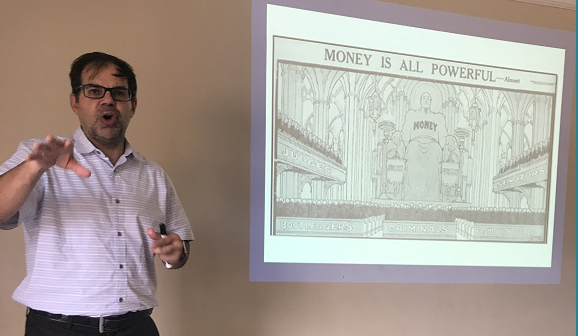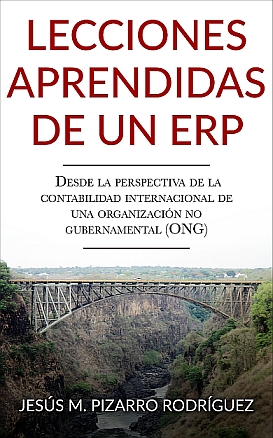How Bitcoin (the system), bitcoins (the tokens), or both might be incorporated into the international settlement system
The Bank of International Settlements (BIS) and the central banks should adopt Bitcoin as an opportunity to improve cybersecurity risk. The International Monetary Funds should include Bitcoin as part of the special drawing right (SDR) to reduce the risk of insolvency of governments.
The BIS is the bank for central banks. The role of the central bank is to be the “lender of last resort’ that offers loans to banks or other eligible institutions that are experiencing financial difficulty. The primary goal of the central banks is to provide their countries’ currencies with price stability by controlling inflation in harmony with the monetary policy. Member banks privately own the central banks. The mission of the BIS is to serve central banks in their pursuit of monetary and financial stability, to foster international cooperation in those areas, and to act as a bank for central banks.
The BIS’s unit of account is the SDR, which is a basket of national currencies. The SDR is an international reserve asset created by the IMF in 1969 to supplement its member countries. The IMF reports that “as of March 2016, 204.1 billion SDRs (equivalent to about $285 billion) have been created and allocated to members. SDRs can be exchanged for freely usable currencies. The value of the SDR is based on a basket of five major currencies – the US dollars, the euro, the Chinese renminbi, the Japanese yen, and the British pound sterling.”
Bitcoin, the tokens, could be used as a store of value to manage the risk of the country’s insolvency. The recommendation is to include Bitcoin as part of the portfolio of currency that backs up the SDR. The incorporation of Bitcoin will improve monetary stability. Bitcoiners calls bitcoin as digital gold because it is scarce. Only twenty-one (21) million Bitcoins can be created in total. This is the reason why Bitcoin is a deflationary currency vs. the fiat currencies that, as a general rule the fiat currencies are inflationary. The deflationary characteristic of the Bitcoin can improve the basket on national currencies in the SDRs.
Bitcoin, the system, could be used to reduce the risk of a cyber’s attack. One of the bigger problems of the current banking system is cybersecurity. On February 4, 2016, a hacker or group of hackers withdrew $101 million from the Federal Reserve Bank of New York by obtaining and exploiting the Bangladesh Central Bank’s credentials for the Society for Worldwide Interbank Financial Telecommunication (SWIFT) network. The attacker exploited cyber weaknesses by designing custom malware tailored to bypass controls and network logging system used by the Bangladesh Central Bank. The PwC’s financial crime Unit explains this type of attack has also been reported in the Central Bank of Ecuador and Vietnam.
Blockchain Technology is a solution to reduce the risk of a cyber-attack. Blockchain Technology is a decentralized ledger, or list, of all transactions across a peer-to-peer network that sits on top of the TCP/IP (the Internet). It was introduced in October 2008 by Satoshi Nakamoto as part of the proposal for Bitcoin. The development and maintenance of the Bitcoin blockchain (the system) are open, distributed, and shared like the internet protocol. SWIFT recognized the traditional security measure wouldn’t stop new threats. For this reason, in January 2017, SWIFT launched a blockchain initiative to “help banks overcome significant challenges in monitoring and managing their international accounts, which are crucial to the facilitation of cross-border payment.” This initiative is part of the Hyperledger Project leading by Linux Foundation with the participation of many banks including the consortium R3. I also want to mention the focus of the third bigger blockchain; Ripple is the banking market. In my opinion, this is evidence that the big player in the banking system recognized that Bitcoin is a revolutionary open-source technology that enables a new way to send payments over the internet.
Carl-Ludwig Thiele, a member for the BIS, said about Bitcoin: “For us, Bitcoin’s most important contribution is the underlying blockchain technology, or to put it more broadly, distributed ledger technology (DLT). This technology could help boost efficiency in payment and settlement processes.” “For us as a central bank, trust is our most precious asset. When questions of fundamental importance arise concerning the monetary system or the settlement of payments or securities, we cannot stand on the sidelines.” This declaration is evidence that The BIS is taking seriously the incorporation of Blockchain technology to improve the international banking system.
As conclusion, Bitcoin is a revolutionary open-source technology that enables a new way to send payments over the internet. Bitcoin, the system, can help the international settlement systems to reduce the risk of cyber-security. Bitcoin, the tokens, can help the BIS to reduce the risk of insolvency and response better as the “lender of last resort’ if the IMF includes Bitcoin as part of the SDRs.
Note: Original paper was written as part of the requirement for the Master in Digital Currency of the University of Nicosia.
References:
Nakamoto, Satoshi. (2008). Bitcoin: A Peer-to-Peer Electronic Cash System. https://bitcoin.org/bitcoin.pdf
Thiele, Carl-Ludwig (September 20, 2017). From Bitcoin to digital central bank money – still a long way to go. Bank for International Settlements. Retrieve from
http://www.bis.org/review/r170921d.htm
International Monetary Fund (April 21, 2017). Special Drawing Right SDR. Factsheet. Retrieved from http://www.imf.org/en/About/Factsheets/Sheets/2016/08/01/14/51/Special-Drawing-Right-SDR


